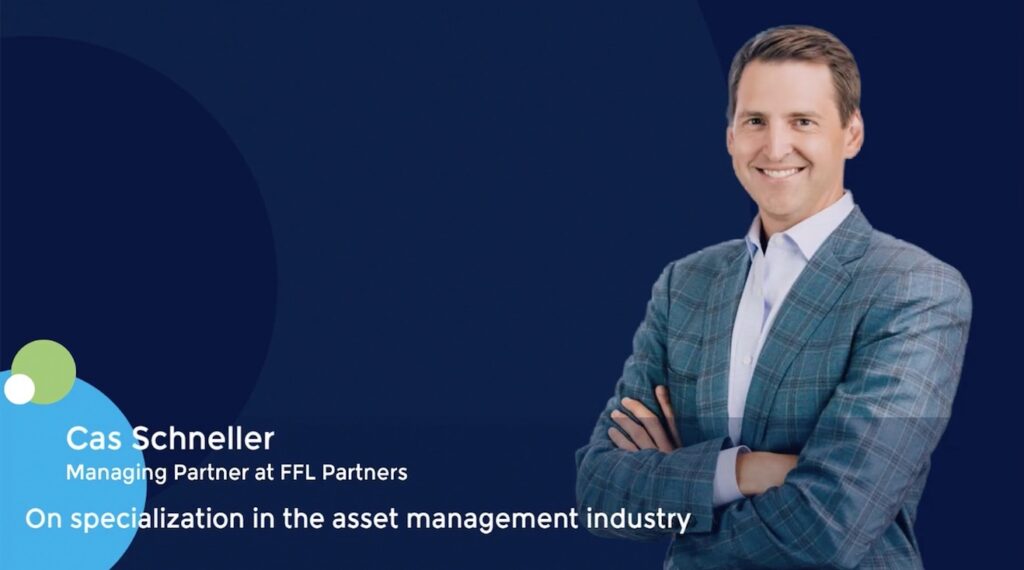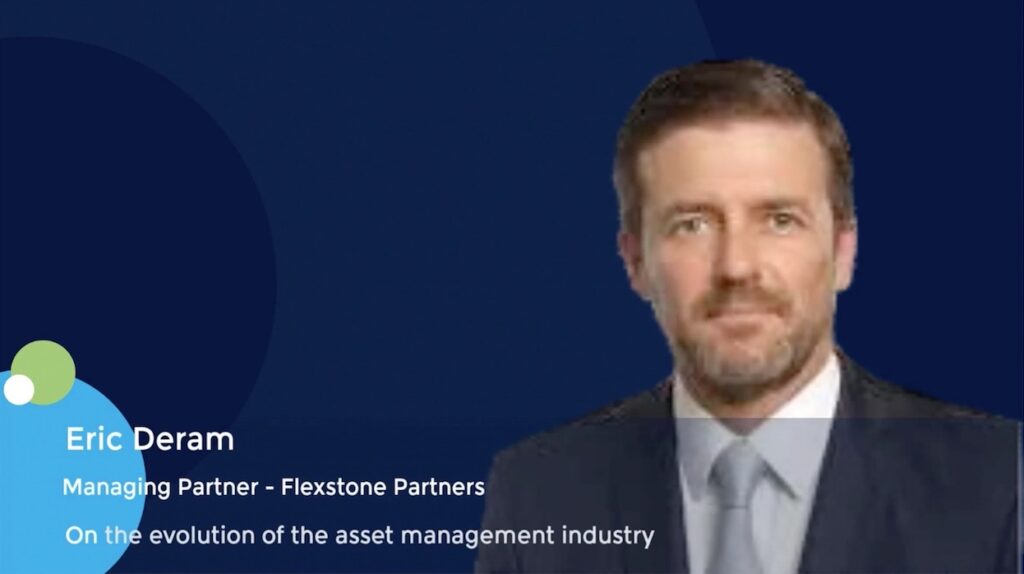Asia infrastructure investors avoid the crowds by embracing riskier sub-strategies
Last week, Actis agreed to acquire Keppel’s 90% stake in Singapore waste management services company 800 Super, seeking to subtly expand its infrastructure playbook. It said much about the increasingly nuanced risk appetites in the broader infrastructure space as investors delve deeper into industries historically associated with private equity.
Actis is investing via its second Long Life Infrastructure Fund, a strategy that leans toward traditional core infrastructure risk profiles yet was launched specifically to evade increasing competition in core asset categories by targeting differentiated verticals and geographies. The idea is to benefit from growth upside in emerging infrastructure niches while maintaining prudent downside protections.
800 Super fit the bill because its recycling and waste management services – delivered to stable counterparties, including government entities, under long-term contracts – are considered socially essential and difficult to replicate. There are growth angles to be explored in various circular economy themes, although expansion potential is inherently limited by the size of the city-state.
Still, waste management, even in Singapore, is often considered private equity territory. The standout case-study is arguably Asia Medical Enviro Services (AMES), which Dymon Asia Private Equity acquired in 2018 and sold on to Indonesia-listed coal miner TBS Energi Utama two years ago.
Declining to comment on the 800 Super transaction – which is still pending formal closure – Adrian Mucalov, head of Long Life Infrastructure at Actis, observed that almost any industry will feature assets with risk profiles ranging from core infrastructure to highly opportunistic private equity. The question is how far to go down that curve.
“We’ve seen many transactions where there are assets with infrastructure characteristics with long-terms contracts, but the fundamental business plan is about growth such as growing the number of contracts or entering new markets. That’s not what we do in our Long Life Infrastructure Fund,” Mucalov said.
“We’re investing on the back of existing businesses with existing contracts. There is often upside, but the validity of the thesis doesn’t depend on speculative growth assumptions playing out. That’s really the difference with the private equity mindset.”
Chasing returns
Nine industry professionals contacted for this story concurred that infrastructure investors have generally moved up the risk spectrum in the past decade, adding strategies variously labelled as core-plus, value-add, opportunistic, or infrastructure-adjacent.
The critical motivation has been rising competition in the core space, which has diminished returns, and a declining interest rate environment, which has encouraged experimentation in riskier strategies. While returns in core infrastructure are 80% to 100% rooted in contracted cash flows, core-plus can deliver more than 50% attributable to capital appreciation. Overall, core-plus returns can be 75%-100%.
Interestingly, as PE investors navigate a weak exit market and reduced risk appetite from LPs, they are perceived as incentivised to narrow the risk-return gap between the asset classes from the other direction. This may include pursuing stabler assets with cross-over appeal in the infrastructure space.
Singapore-based Scientific Infra & Private Assets (SIPA) is tracking this convergence in various indices of global unlisted infrastructure and private equity-backed companies.
It found that the average expected return from infrastructure investments based on capital market assumptions had increased from 7.6% 10 years ago to 11.6% as of last April. During the same period, the average private equity return expectation ticked up only marginally to 14%.
Industry-by-industry, the rationale for strategic cross-over comes into clearer focus. Data infrastructure investment, for example, is projected to provide 15% returns, according to SIPA. That’s on par with private equity investments in retail but presumably with more robust, infrastructure-style downside protections.
In transport, infrastructure investors expect an 11.1% return versus 7.6% for private equity investors – although the assets each group targets within this broad sector may vary markedly. The average expected return for social infrastructure investments is 11.4%, significantly higher than those for private equity investments in education (8.4%) and healthcare (5.6%).
“Social infrastructure often promises steady, government-backed cash flows, but if the government is less willing to give out PFI [private finance initiative] projects, then there’s limited brownfield deal flow and a limited secondary market,” said Jack Lee, SIPA’s head of data.
“From what I’m seeing in terms of deals closing, social infrastructure is a declining space in terms of available deals. The trend I’m seeing is more toward the energy and data sectors.”
Stretching definitions
Intensified focus on emerging, technology-oriented sectors such as energy transition and data has logically broadened the investable universe by attracting attention to categories such as battery storage and electric vehicle charging. But this is happening in agriculture and consumer as well.
“We have seen a stretching of the definition of infrastructure, although on balance, it’s not these types of deals that make up the majority of portfolios. Out of 10-12 deals, it may just be one or two that stretch the definition, in hopes of reward,” said Brent Burnett, head of infrastructure and real assets at Hamilton Lane.
“Cold storage and logistics was never an infrastructure theme 10 years ago until one GP started doing it well – and now everyone is doing it. That’s an example of someone stretching the definition with a new theme seen as fundamental, which has ultimately benefited the asset class.”
Australia’s Aware Super has made a point of exploring and validating untapped or underexploited categories in its infrastructure programme. It positions itself as an early mover in battery storage and water rights.
In water rights, Aware claims its assets have generated double-digit returns on an unlevered basis. This is attributed in part to the notion that while weather events can result in spot price volatility for water, the commodity is a reliable long-term performer, especially in a dry country such as Australia.
Aware’s latest expansion in this vein was in the Australian poultry supply chain with the acquisition of chicken shed operator ProTen in 2018. The category was deemed essential as a central part of the overall protein market with significant barriers to entry and long-term contracts. Moreover, customers are unlikely to move processing facilities located in nearby sheds.
The income generation aspect of ProTen is considered core infrastructure, while the fragmented nature of the poultry industry adds a core-plus dimension. Aware grew EBITDA from AUD 20m (USD 13.2m) in 2017 to nearly AUD 90m last year through a mix of organic and inorganic expansion.
“Our key objective has always been to deliver the best risk-adjusted return within our risk bucket, and to achieve that, sometimes we need to be prepared to be differentiated from our peers,” said Jiren Zhou, infrastructure portfolio manager at Aware.
“If the asset class is well banked and well supported, that typically means it’s very tightly priced, so you can’t really achieve above-market returns. We take the mindset of being a first mover in emerging infrastructure segments so we can exploit inefficiencies in pricing while adding value through active management.”
KKR acquired ProTen from Aware in July for an undisclosed sum via its second Asia infrastructure fund. Other assets in that portfolio include power infrastructure providers, airports, and a bus operator.
Potential pitfalls
The embrace of emerging infrastructure categories requires more intensive due diligence. Tom Jokelson, a Singapore-based partner at A&O Shearman, noted that the enhanced risk-reward profile in this theme has increasingly obliged investors to be active managers, sensitive to market cycles and disciplined around asset and geographical selection.
“We find that investors are open to considering any assets that can provide a predictable yield even if the revenue base is not fully contracted at entry, but whether they invest will come down to the inherent risks related to the asset,” he said.
Talent is also an issue. Rajiv Khakhar, a Singapore-based executive director at Morrison, added that in data centres and renewable energy, investors not only need to make judgement calls on different segments of the market, they must also take development risk.
Assessing development risk requires input from management professionals with procurement experience as well as in-market savvy in terms of communicating with permit owners and government officials. If this is not done in the correct way, an investment thesis can quickly unravel.
“We’ve seen renewable energy platforms bought on the assumption that they will be able to sell assets at a certain rate or at a certain stage of development, and that’s shifted around. We have seen platforms lose customers, not be able to get offtake or not get the procurement right. Their costs have blown out and they’re suddenly uneconomic,” Khakhar said.
“In a value-add strategy, those that built their platforms from scratch or an early stage generally do okay, but the ones that came in later, buying established platforms, have sometimes found themselves in a few traps.”
Glynn Cooper, head of infrastructure for Asia at Herbert Smith Freehills Kramer, flagged “scope creep” as another pitfall. This describes a phenomenon where an ostensibly steady, partially contracted, infrastructure play is discovered upon deeper inspection to be characterised by significant competitive elements, demand exposure, or turnaround needs.
“Investments that have suffered from these exact issues in recent times include fibre assets, through a combination of unexpected competitive pressures and operational complexity, and waste management, through unanticipated exposure to demand risk,” he said.
“Student accommodation in parts of APAC is another good example, particularly where there is reliance on international student flows and changes in accommodation patterns. Neither of these are necessarily able to be predicted, even in large student cities.”
SIPA’s Lee summarised the uncertainty by flatly declaring that infrastructure is not a low-risk asset class. As a case in point, he compared operating a renewable power plant to flying a plane. One must have the right expertise to make constant adjustments, monitor pricing changes, juggle grid limits, and know when to stop or release power.
There is a general acceptance that investors are stepping into unknown territory, and this could lead to more volatility in the decades-long double-digit return profile of infrastructure. “Given we’ve all gone up the risk-return spectrum in the last 10 years, looking at more core-plus and value-add assets, it will be interesting to see how those assets perform over the next 10 years,” said Mark Hector, Aware’s head of infrastructure.
Redefined, repositioned
As asset transformation becomes a more integral aspect of both infrastructure and private equity investment, it appears likely that there will be more instances of individual businesses graduating from one asset class to another.
The standout example here is Australian data centre company AirTrunk, which was initially backed and scaled by Goldman Sachs and TPG Capital before a Macquarie Asset Management-led consortium bought a majority stake at a USD 1.9bn valuation in 2020. Blackstone agreed to acquire the business last year for AUD 24bn, and it now sits in an infrastructure fund.
Several industry participants described similar scenarios where a private equity firm, conscious of what infrastructure funds are looking for, has invested early and intentionally built up a business for an infrastructure buyer. It is especially prevalent in developed markets, where competition for core infrastructure is elevated, according to Actis’ Mucalov.
Nick Bloy, co-founder of Navis Capital Partners, sees potential for the trend to come to Southeast Asia. The firm recently transferred three school operators in Vietnam, Cambodia, and Thailand from its eighth private equity fund into a continuation vehicle with a view to creating a single region-wide platform. Should the business scale as planned, it is seen as a viable target for infrastructure funds.
Bloy pointed to precedent in Europe, where EQT mobilised an infrastructure fund last year to acquire a majority position in Spain’s Universidad Europea from Permira.
EQT is best known in this space for its investment in Nord Anglia, which claims to be the world’s largest operator of K-12 schools and was valued at USD 14.5bn in a recent cross-fund transaction. The private equity firm claims that, during its 16-year hold, the combination of scale, stability, and business model predictability has altered the risk-return profile of the company.
“We have effectively transformed a private equity investment into a social infrastructure investment. Nord Anglia has all the characteristics of social infrastructure – predictable cash flow, high cash flow conversion ratio, high return on invested capital because we are asset-light,” Jack Hennessy, a partner at EQT, told AVCJ earlier this year.
“There are equity returns but with very low downside. In its 50-year history, this business has never gone backwards.”
Ambitious agendas
This type of activity is also considered prospective in hospitals, clinics, care homes, data centres and ancillary services to infrastructure assets. This notably includes buses, which have proven a strategically fluid segment.
In a reversal of the usual graduation between asset classes, New Zealand private equity firm Next Capital acquired NZ Bus from Infratil – a listed infrastructure investment vehicle managed by Morrison – in 2018. Four years later, Next agreed to sell the asset to strategic investor Kinetic.
Meanwhile, Templewater’s acquisition of Hong Kong’s Citybus in 2020 has inspired the historically middle-market buyout investor to launch an energy transition strategy targeting categories such as battery storage, renewables, and green data centres.
“We have seen lots of active competition between different types of private capital players. This competition is both among funds and between strategies in the same organisation. These funds have different costs of capital and so approach targets in different ways,” James Mythen, a partner at A&O Shearman, explained.
“With market sophistication increasing, we are also seeing investors seeking opportunities to target different layers of the same capital stack in order to deliver optimal aggregate returns and fit the risk profile of their own capital pools.”
It’s a reminder that the line between private equity and infrastructure is more about asset maturity and commercial characteristics than industry, sector, or theme.
As Cooper of Herbert Smith Freehills Kramer observed: A private hospital offering various commercial services would have more in common with core-plus student accommodation than core government-contracted hospitals.
At the same time, even sturdily core categories such as airports and utilities are increasingly understood to require hands-on management and an operator’s instincts for navigating a changing market backdrop. Yet the more ambitious the operational agenda, the more difficult it is to classify the risk as infrastructure.
“If you’re investing in the spirit of massive growth plans, the question is, can that train continue forever? Sometimes the biggest assets become difficult to exit,” Actis’ Mucalov said.
“Some investors have moved up the risk spectrum but haven’t seen all the money come back. This is why we like the mid-market space, with a focus on contracted assets. I think we’re beginning to see that cycle in the market.”













